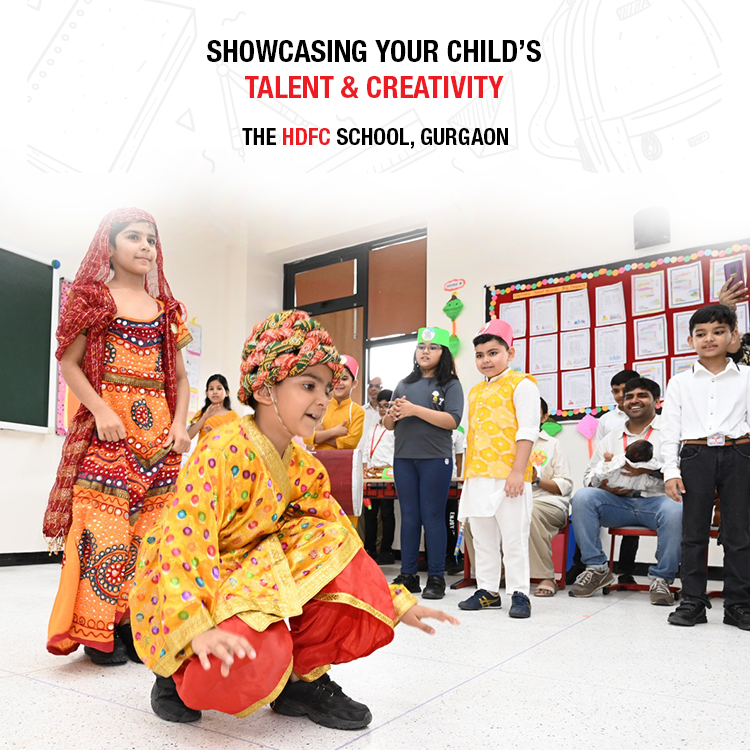Date of event:
April - 2024
Description :
The Gurgaon History Festival 2024 – ‘Education through Monuments’, held on the 5th and 6th of April 2024, was a remarkable event organized by DPS 45 in collaboration with JHF & M.S.M.S. II Museum Trust. This festival aimed to offer a unique platform for immersive learning experiences through history while instilling a sense of pride in our cultural heritage. Schools from various parts of the country actively participated in this cultural program, making it a truly enriching experience for all involved. Throughout the festival, attendees were treated to a series of enthralling cultural presentations and engaging exhibits by different schools. These presentations not only showcased the talent and creativity of the participating students but also provided valuable insights into various historical monuments.
The students of HDFC School, Gurgaon exhibited exemplary dedication and ingenuity in their representation of the magnificent Qutub Minar complex of Delhi. Through multiple visits to the site, they had meticulously studied the various structures encompassing the Qutub Minar, including Alai Minar, Alai Darwaza, Quwwat-ul-Islam Mosque, the Iron Pillar and various others. Demonstrating their commitment to detail, they constructed a scale model of the complex at a ratio of 1:5000. Their exploration extended beyond mere observation as they delved into the scientific aspect of the Iron Pillar~s remarkable resistance to rusting. This knowledge was shared with visitors through engaging activities hosted at their stall. Additionally, the students created posters aimed at raising awareness about the importance of preserving our monuments, further emphasizing their dedication to heritage conservation. As part of their project work, they crafted pocket books and comic strips to disseminate information about the historical significance of the Qutub Minar complex. During their visits, the students undertook various activities such as measuring structures using hand spans, estimating their volumes, hands-on activities like using clinometers to measure heights of structures enhanced their understanding of trigonometric principles while fostering a deeper appreciation for India~s rich cultural heritage. They also showcased their craftsmanship by constructing models of the Iron Pillar and the Quwwat-ul-Islam Mosque. These intricate replicas were proudly displayed at their stall, serving as visual aids to enhance visitors~ understanding of the historical significance of these structures. The meticulous attention to detail demonstrated in these models further underscored the students~ dedication to their project and their commitment to presenting an immersive learning experience for all attendees of the festival. Furthermore, they acknowledged the rich cultural heritage of the era and beautifully showcased it through mesmerizing Sufi dance and song performances, which received enthusiastic applause from the audience, adding a layer of depth and authenticity to their portrayal of the monument.
In conclusion, the Gurgaon History Festival – ‘Education through Monuments’ was a resounding success. It not only fostered a deeper understanding of history but also celebrated the rich cultural heritage of India. The festival provided an enriching experience for students and attendees alike, leaving a lasting impression on all those who participated.

